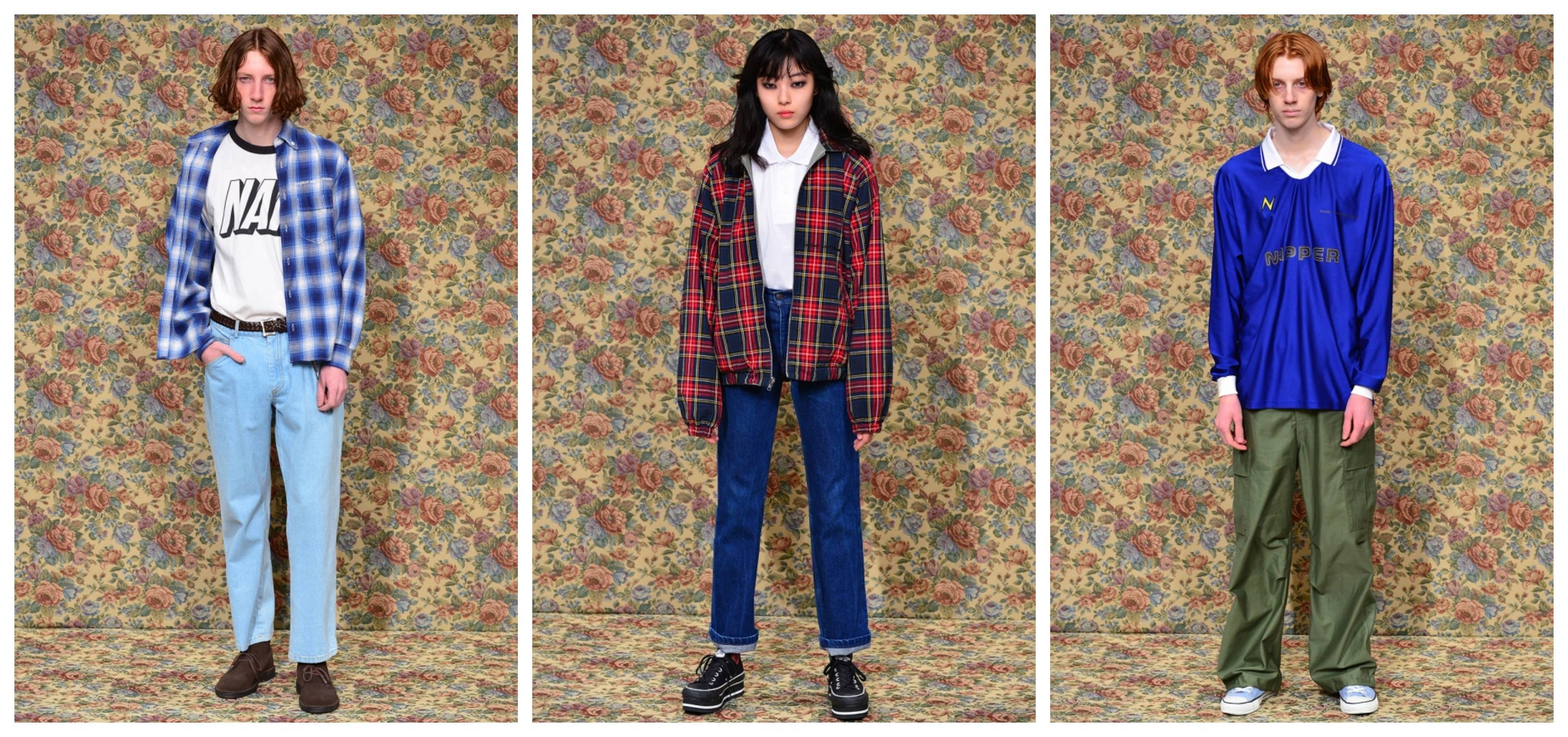Following the passing of Issey Miyake, last month also saw the loss of Hanae Mori at the age of 96. Both figures contributed to fashion in their own remarkable ways, not only articulating a clear vision of what Western garments look like as an expression of Japanese aesthetic paradigms but also proving to the generations that followed that Japanese fashion designers can hold their heads up high on the global stage.
Hanae Mori rose to the very peak of dressmaking; in 1977, she became the first Asian individual to be accepted into the La Chambre Syndicale de la Couture Parisienne, the mechanism for approval into the coveted world of haute couture in Paris. Mori found borderless acclaim, culminating in 1996 when she became the first fashion designer to be awarded the Order of Culture in Japan.
While history seems determined to remember the designer for her stage and film costumes, where her exemplary attention to detail and signature butterfly and floral flourishes found their logical conclusion, her living memory is a little more subtle. A pioneer for working women in Japan, her ready-to-wear business suit collections and office-appropriate dresses were a source of empowerment in the 1970s and ’80s. While “empowerment” has gone on to take on a number of meanings in the present day, Mori gave women comfort and professionalism in the workplace at a time when a phrase like “women’s suit jacket” was liable to cause someone to check they had heard you correctly.



